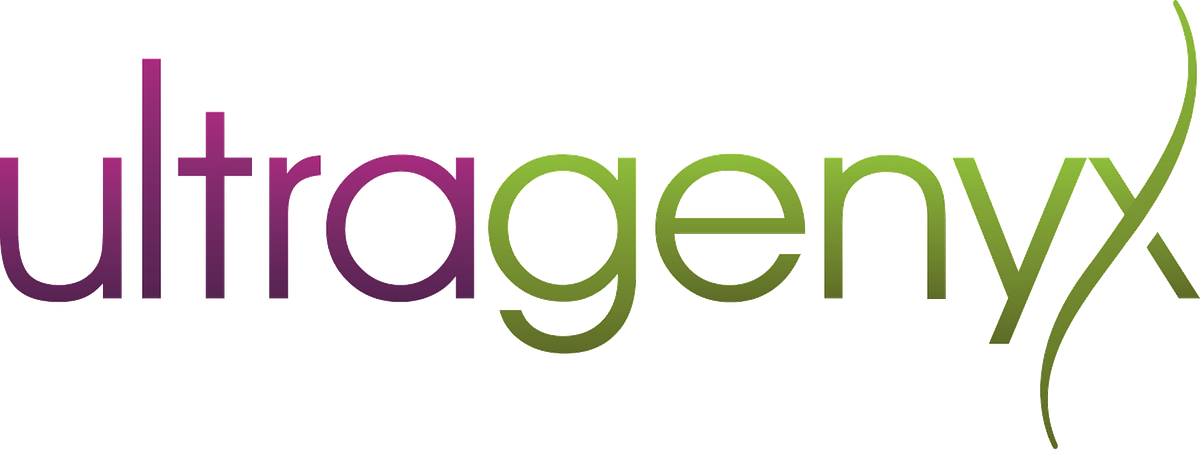
Ultragenyx Bets on Rare Disease Innovation Amidst Competitive Landscape
Biopharmaceutical firm Ultragenyx prepares to report Q3 earnings, highlighting its focus on novel therapies for rare genetic diseases. We examine the company's pipeline, financial health, and the challenges ahead.
Ultragenyx Bets on Rare Disease Innovation Amidst Competitive Landscape
By Janet Adams
NOVATO, Calif. – Ultragenyx Pharmaceutical Inc. (NASDAQ: RARE) is set to report its third-quarter 2025 financial results next week, providing a key snapshot of the company’s progress in the challenging but potentially rewarding field of rare genetic diseases. While the company remains committed to addressing unmet medical needs, it faces a competitive landscape and ongoing pressure to deliver both clinical breakthroughs and financial returns. This article delves into Ultragenyx’s pipeline, financial health, and the broader trends shaping the rare disease pharmaceutical market.
A Focused Strategy in a Niche Market
Ultragenyx has carved out a niche for itself by focusing exclusively on rare and ultra-rare genetic diseases – conditions affecting fewer than 200,000 people in the U.S. This focus allows the company to concentrate its resources on areas where large pharmaceutical companies may not see sufficient return on investment. The company’s strategy is predicated on rapid, cost-efficient drug development, a necessity when dealing with small patient populations and high research costs.
“The rarity of these diseases demands a different approach to drug development,” explains a former industry analyst. “Traditional blockbuster strategies don’t apply. Companies like Ultragenyx need to be nimble, innovative, and willing to take on significant risk.”
Pipeline Progress: Balancing Promise and Risk
Ultragenyx currently has a diverse portfolio of programs, spanning multiple disease areas. Key programs include therapies targeting glycogen storage diseases, muscular dystrophies, and rare metabolic disorders. The company is employing a range of technologies, including gene therapy, enzyme replacement therapy, and small molecule drugs, reflecting a willingness to explore multiple avenues for treatment.
The company's lead candidate, currently in Phase 3 trials for a severe form of Glycogen Storage Disease Type IA, represents a significant potential revenue driver. However, success is not guaranteed. “Phase 3 trials are always a high-stakes game,” notes a clinical researcher familiar with the program. “Even promising therapies can fail at this stage.”
Beyond this lead candidate, Ultragenyx is also actively developing a pipeline of early-stage programs. These programs, while further from commercialization, offer the potential for long-term growth. The company’s commitment to diversifying its pipeline is viewed favorably by many analysts.
Financial Health: Navigating the Cost of Innovation
Developing therapies for rare diseases is inherently expensive. Ultragenyx has consistently invested heavily in research and development, a commitment that has put pressure on its financial performance. While revenue has grown with the launch of its approved therapies, the company is still not consistently profitable.
The latest quarterly results will be closely watched to assess the company’s ability to manage costs and generate sustainable revenue. Analysts are particularly focused on the impact of increased commercialization expenses and the potential for pricing pressures.
“The company needs to demonstrate that it can achieve a balance between investing in innovation and generating a return for shareholders,” says an investment banker specializing in the biotech sector. “That’s the key challenge facing Ultragenyx.”
The company's cash position remains relatively strong, but investors will be keen to see how the company intends to fund its long-term pipeline development.
Competitive Landscape: A Crowded Market
The rare disease pharmaceutical market is becoming increasingly competitive. Established players like Pfizer, Novartis, Roche, and Alexion Pharmaceuticals are all investing heavily in the space. These companies have the financial resources and infrastructure to accelerate drug development and compete effectively.
“Ultragenyx is a relatively small player in a market dominated by giants,” points out a competitor analyst. “To succeed, the company needs to differentiate itself through innovation and a strong focus on unmet medical needs.”
Smaller biotech companies are also entering the rare disease space, creating additional competition for Ultragenyx. The company’s ability to secure intellectual property and maintain a competitive edge will be crucial.
Looking Ahead: Opportunities and Challenges
Despite the challenges, Ultragenyx remains well-positioned to capitalize on the growing demand for rare disease therapies. The company’s focused strategy, innovative pipeline, and experienced management team are all strengths.
The key to success will be executing its clinical development programs effectively, managing its financial resources prudently, and navigating the competitive landscape.
The upcoming earnings call will provide valuable insights into the company’s progress and future outlook. Investors will be looking for evidence that Ultragenyx is on track to deliver on its promise of bringing life-changing therapies to patients with rare genetic diseases.
“The potential rewards in the rare disease market are significant,” concludes a healthcare policy expert. “But success requires a long-term commitment, a willingness to take risks, and a relentless focus on innovation.”
Ultragenyx’s Q3 earnings call is scheduled for November 4, 2025, at 5:00 PM ET. The webcast will be available on the company’s investor relations website at https://ir.ultragenyx.com/events-presentations.
